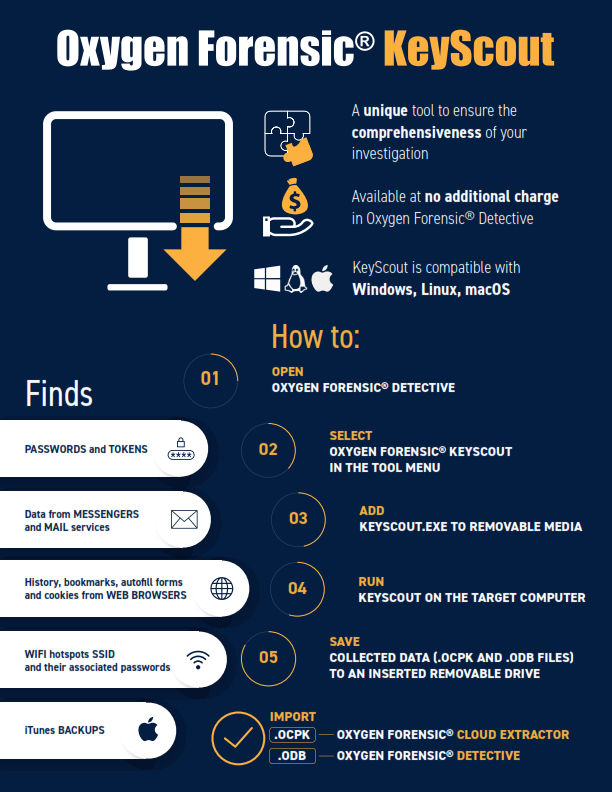
In our study we test model predictions against a unique 11-year European strawberry δ 18O reference dataset to evaluate how choices of input variable sources and model parameterization impact the prediction skill of the model.

However, the validation of these models and thus the best choice of model parameters and input variables have limited the application of the models for the origin identification of food. These models have the potential to simplify, speed up, and improve conventional stable isotope applications and produce temporally resolved, accurate, and precise region-of-origin assignments for agricultural food products.

Plant physiological stable oxygen isotope models simulate how precipitation δ 18O values and climatic variables shape the δ 18O values of water and organic compounds in plants. Stable isotope methods, using oxygen isotopes (δ 18O) in particular, are the leading forensic tools for identifying these crimes.

Fraudulent food products, especially regarding false claims of geographic origin, impose economic damages of $30–$40 billion per year.


 0 kommentar(er)
0 kommentar(er)
